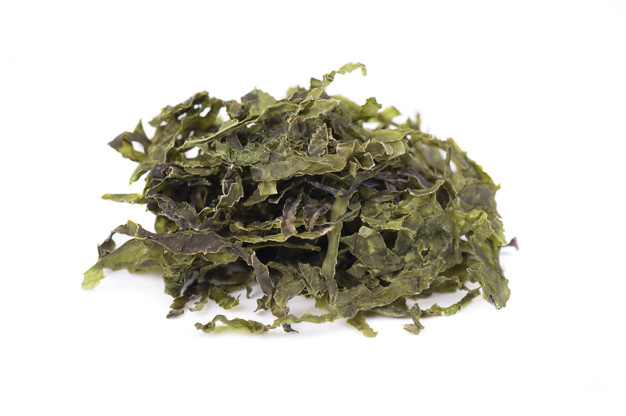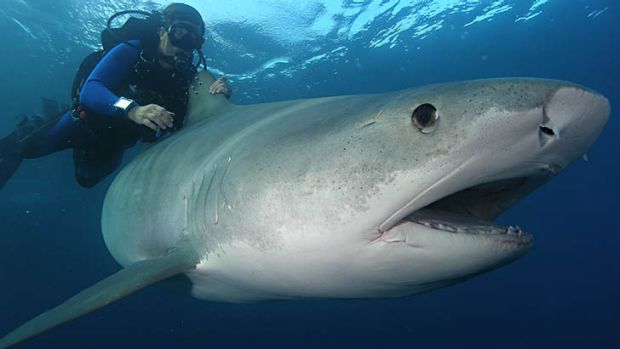Autotrophs are those kinds of living organisms that can prepare their food. Those organisms use substances from inorganic origins or sources. The term “autotroph” comes from the Greek words “auto” which means “self” and “trophi” which means “food.” An autotroph can be those organisms that can feed themselves, without taking the help of any other living organisms.
Autotrophs are particularly important because, without the existence of these organisms, no other forms of being can exist. Without plants that generate sugars from carbon dioxide gas and sunlight going through the process of photosynthesis, for instance, no herbivorous animals could survive, and no carnivorous animals that devour herbivores could survive.
For maximum, this is attained by utilizing light energy, water, and carbon dioxide. Relatively than utilizing energy from the sun, some will utilize chemical energy to prepare their food.
All autotrophs use non-living substances (inorganic sources) to prepare their food. Because of their capacity to prepare their food, autotrophs are also commonly spoken of as primary producers and thus maintain the base of the food chain.
Some examples include:
- Algae
- Cyanobacteria
- Maize plant
- Grass
- Wheat
- Seaweed
- Phytoplankton
- All types of green plants, etc.
What are the different types of Autotrophs?
While there are a broad diversity of organisms that are categorized as autotrophs, two major types are depending on how they prepare their food. These living organisms are living in varied environments and utilizing different mechanisms (and materials) to produce energy.
The two major types of autotrophs are:
- Photoautotroph
- Chemoautotroph
Phototrophs/Photoautotrophs

Essentially, phototrophy comprises the practice of light energy (from the sun) for the process of photosynthesis. Here, light energy obtained from the sun is utilized to prepare food material (organic material) from carbon dioxide and water.
Most of the organisms that practice this procedure to prepare food possess chloroplast (membrane-bound) as well as a membrane-bound nucleus. As such, they are also called eukaryotic organisms.
Several prokaryotes are also capable of preparing their food by the process of photosynthesis. This comprises several bacteria.
Examples of phototrophs/photoautotroph include:
- Higher plants (maize plant, trees, grass, etc.)
- Euglena
- Algae (Green algae etc.)
- Bacteria (e.g. Cyanobacteria)
Chemoautotrophs

Chemoautotrophs are those kinds of organisms that receive energy from inorganic chemical functions. Today, chemoautotrophs are greatly generally formed in deep water environments that attain no sunlight. Most of them desire to live around deep-sea volcanic vents, which yield enough warmth to enable metabolism to ensue at a high rate.
Chemoautotrophs practice volatile chemicals such as molecular hydrogen, hydrogen sulfide, elemental sulfur, ferrous iron, and ammonia as their energy origins. This brings about well-developed to reside in places that would be harmful to many other organisms, as well as areas without sunlight. Chemoautotrophs are bacteria or archaebacteria, as their metabolisms are usually not productive enough to support multicellularity.
Scientists have inferred that life might be equipped to survive in dark, chemically volatile environments such as the oceans of Jupiter’s moon Titan by utilizing related metabolisms to those discerned in chemoautotrophs on Earth.
Examples:
- Bacteria
- Archaea
- Nitrogen-fixing Bacteria
Conclusion
Autotrophs are particularly important because, without the existence of these organisms, no other forms of being can exist. We have discussed what autotrophs are along with their examples, and types.
We hope will like the information and if you want more like that please stay connected with us. If you have any questions regarding this topic, then you can share your concerns in the comment box.





